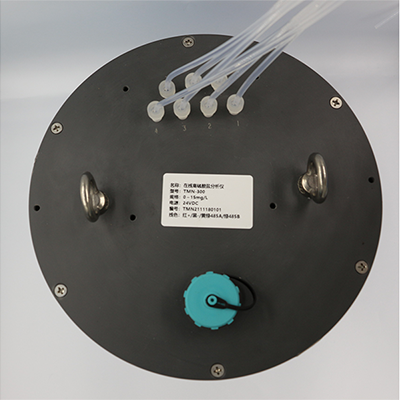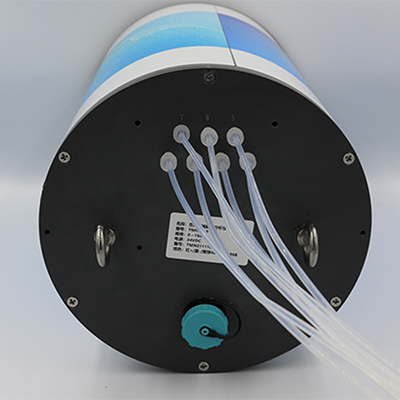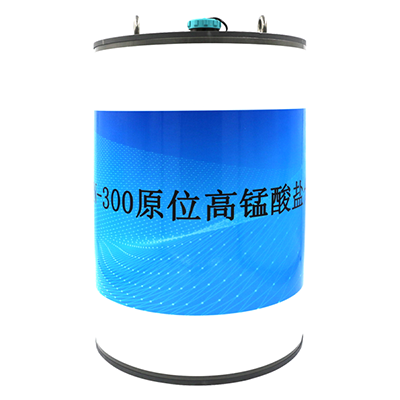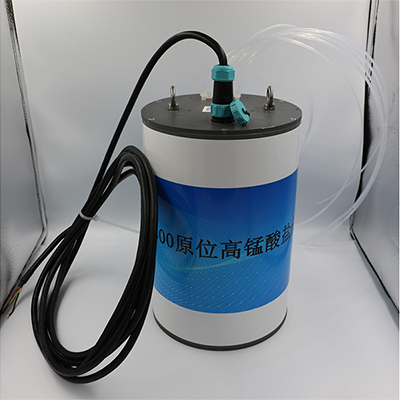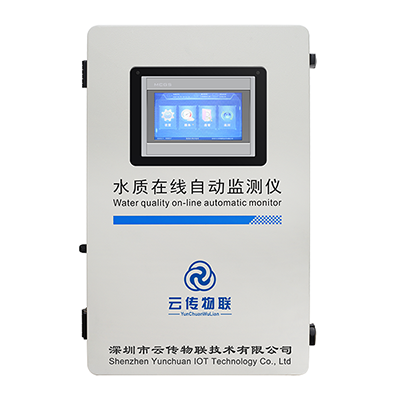In situ total phosphorus water quality analyzer
The detection principle of AMT/TP-300 type in-situ total phosphorus water quality analyzer is mainly based on spectrophotometry and is improved on this basis: the water sample reacts with potassium persulfate in the digestion tank at 120~124℃, so that different forms of phosphorus-containing compounds in the water are converted into orthophosphates. Orthophosphate reacts with ammonium molybdate to form phosphomolybdenum heteropoly acid in the presence of antimony salt, which is immediately reduced by corbic acid to form a blue complex. AMT/TP-300 in situ total Phosphorus water quality analyzer is an in situ sensor for the determination of total phosphorus concentration in surface water, inshore water and estuaries. Through online monitoring of total phosphorus in water, the instrument can provide users with continuous and stable monitoring data required for water quality investigation, water environment monitoring and early warning of ecological disasters such as red tide and green tide.
Low power consumption design, can be installed in the buoy system for long-term continuous measurement;
Micro sequential injection system, digestion and testing process requires very little water sample;
Small reagent consumption, long maintenance cycle;
There is an early warning function in the process of digestion heating, and alarm information is sent when the digestion process is abnormal.
Wet chemical detection based on national standard;
Quick disassembly reagent bin design, easy to change reagents;
The average operating power is less than 20W;
Can be submerged 5 meters underwater for in-situ water quality monitoring;
Widely used: in situ, online monitoring, on-site rapid determination, emergency monitoring, groundwater monitoring, external power supply can also be built-in battery.

